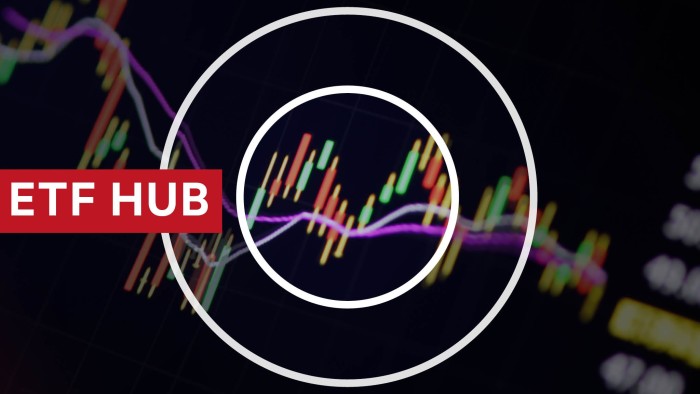LGIM to unveil new climate change risk measures

Simply sign up to the Climate change myFT Digest -- delivered directly to your inbox.
Legal & General Investment Management is introducing new measures to protect its entire £1.2tn pool of client assets from potentially catastrophic damage due to climate change.
The UK’s largest asset manager has built a climate change model to assess the risks associated with global warming, which will be integrated across all of its investment processes.
The model is designed to assess a range of financial effects on companies arising from various issues. These include disruptions to production facilities due to flooding, regulatory and societal changes in response to climate change, and evaluating “transition risks”, such as changes in energy demand due to greater use of electric vehicles.
“Assessing the financial consequences of climate change is one of the biggest risks facing investors today,” said Sonja Laud, LGIM’s chief investment officer. “Clients frequently ask how they can assess the true impact of climate risks on their investments and we have developed a solution to this problem.”
LGIM believes that $1tn a year needs to be redirected into clean energy and this will require the climate risks embedded in the world’s current fossil fuel-dominated system to be re-priced. The price of carbon should increase to $150 a tonne, according to Ms Laud. This is double the $75 a tonne carbon price target by 2030 proposed by the IMF and well above the current level of about $30 a tonne for EU carbon credits.
LGIM also warned that the majority of the world’s 2,000 largest companies were not yet aligned with the goal of limiting the increase in global temperature to 1.5C above pre-industrial times, a target agreed by governments worldwide at the landmark 2015 Paris conference.
Inside ETFs

The FT has teamed up with ETF specialist TrackInsight to bring you independent and reliable data alongside our essential news and analysis of everything from market trends and new issues, to risk management and advice on constructing your portfolio. Find out more here
It anticipates that some institutional investors will have to make significant changes to their portfolios. Among their investments are companies that will help to drive up global temperatures by more than 3C, an outcome that will result in more damage to public and private infrastructure globally from floods and wildfires.
LGIM’s new model, codenamed Destination@Risk, is the result of two years’ work with Baringa Partners, a London-based management consultancy that specialises in assessing the physical risks to businesses arising from global warming, such as flooding.
All of LGIM’s portfolio managers and analysts will have access to a climate risk dashboard by March 2021, which will allow them to integrate a range of climate change scenarios with their existing financial models. But LGIM does not anticipate having to divest immediately from any companies that it is currently invested in.
Information derived from the model will be used by LGIM’s stewardship team in engagement process with companies and shareholder votes.
LGIM intends to offer its new modelling tools to institutional investors to help them ensure that their portfolios become consistent with the Paris targets.
About a third of LGIM’s assets are passively managed in index-tracking funds and mandates. These vehicles generally track broad benchmarks, such as the S&P 500 index, which are the property of third parties. This means that there is no scope to alter their investment strategy using inputs from LGIM’s new climate model.
Ms Laud said that LGIM would be able to make adjustments by tilting the constituents of index-tracking mandates run on behalf of institutional clients. It could also develop more index-tracking funds for retail investors that follow new in-house benchmarks which employ data from its climate modelling tools in the future, she added.

Comments